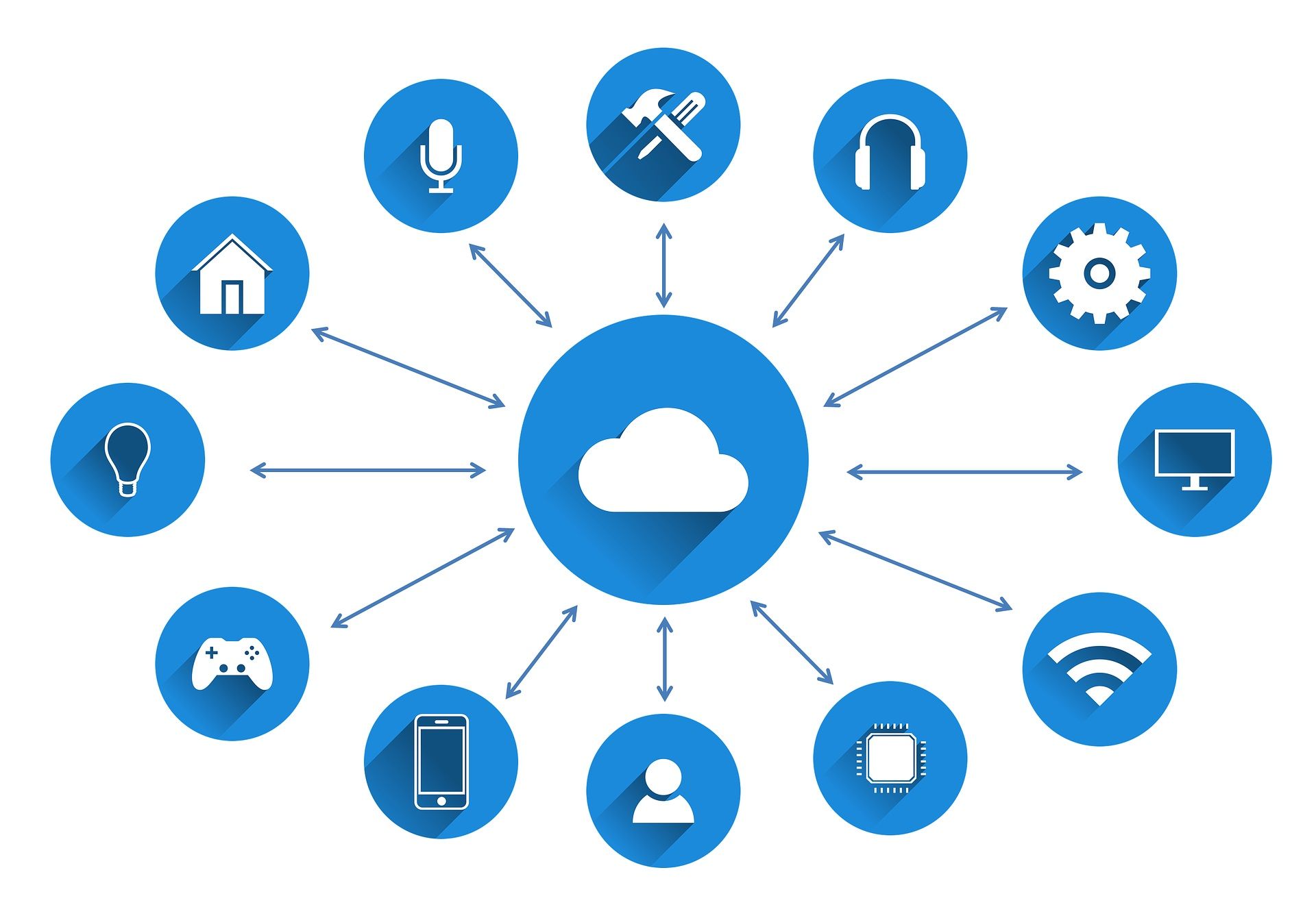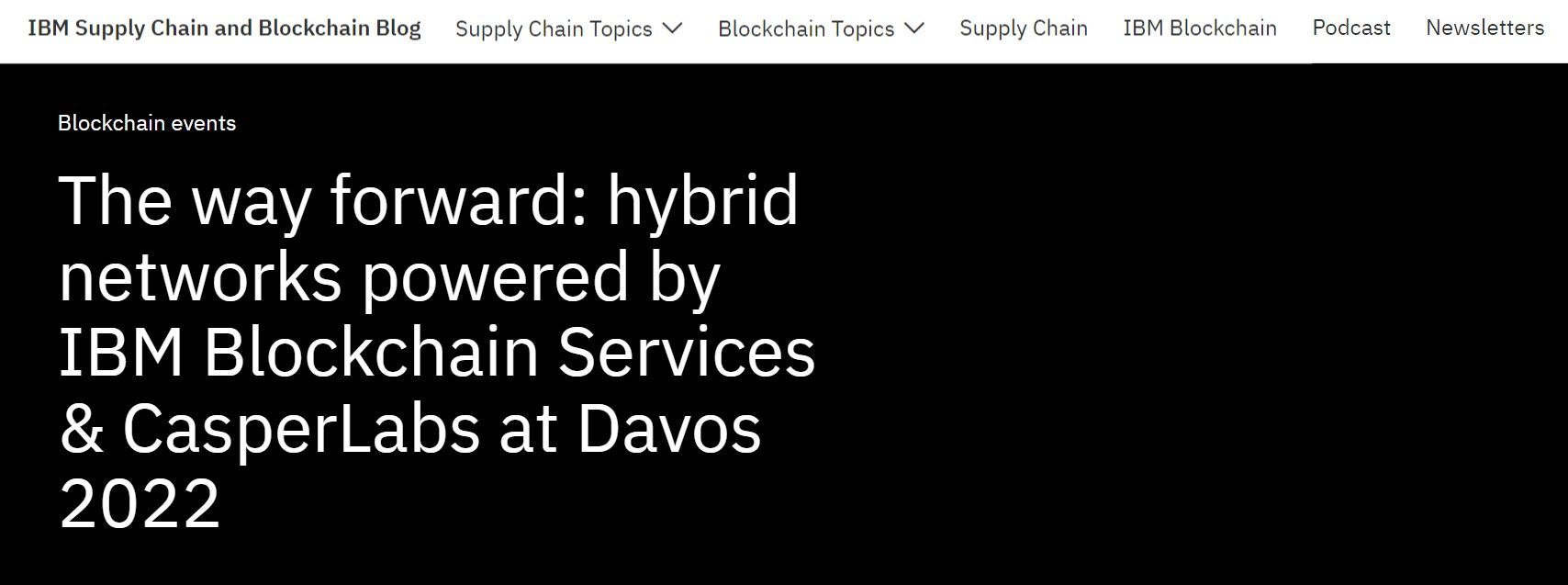Governments, businesses, and other organizations have begun adopting blockchains to manage data and provide better solutions. But there is no one-size-fits-all regarding blockchains. Different types exist.
Typically, you’ll find public and private blockchains. However, a more uncommon option is available—hybrid blockchains, which offer the best of both worlds.
What Is a Hybrid Blockchain, and How Does It Work?
A hybrid blockchain is a unique type of blockchain that derives its features from public and private blockchains. It’s a blend of both blockchains; the public and private aspects of the hybrid blockchain work hand-in-hand.
Because it is open and accessible, the public blockchain verifies transaction data via a blockchain consensus mechanism. Then, the data is stored in the private blockchain, only accessible to those with permission.
This amalgamation balances transparency, privacy, and security with several potential applications in finance, governance, and supply chain management industries.
Those who run hybrid blockchain-based companies cannot change the transactions and data in the decentralized ledger because it is immutable. However, they can keep the identity of new entrants hidden from the other network members, revealing them only after they have completed transactions with other participants.
Advantages and Disadvantages of Hybrid Blockchain
Hybrid blockchains have some merits and demerits:
- Anonymity: As the hybrid blockchain is closed, you can be anonymous and communicate fully with third parties. This anonymity enables companies and industries to relate smoothly with shareholders, as their information won’t be leaked to the public.
- Fast Transactions, Easier Control, and Full Scalability: Hybrid blockchains are ultra-fast and scalable compared to public blockchains. Also, unlike private blockchains, they are easier to control.
- Cheap Transaction Costs: Public blockchains’ transaction costs are expensive, with the many nodes contributing to this problem. However, with hybrid blockchains, transaction fees can be as low as $0.01 because the (fewer) nodes on the network are powerful and highly efficient. Moreover, hybrid blockchains don’t need other blockchains to verify data, making transaction costs cheaper.
- Customization: Unlike other blockchains with strict infrastructure, hybrid blockchains have flexibility regarding decentralized ledger settings. For example, participants can decide which transactions are private or public, making the network customizable to meet the industry’s needs. And because only the level of decentralization can be modified, not the transactions, the process is transparent and trustworthy.
- Data Security: Data on the hybrid blockchain network is secure and unalterable by influential nodes. This protects the network from 51% attacks, as the network is “permissioned” and restricted.
- Decentralized Access: Hybrid blockchains have a decentralized network accessible to all permitted participants.
- Difficult to Scale and Not Less Transparent: The network can be difficult to upgrade because the incentives for members’ participation are limited. Additionally, the process is not as transparent as public blockchains because data can be shielded.
The Applications of Hybrid Blockchain in Different Sectors
As mentioned earlier, hybrid blockchains have several applications in different sectors and industries.
1. Internet of Things
Internet of Things (IoT) devices, due to their wireless connectivity and data transmissibility, are prone to cyberattacks. By preventing data breaches, unauthorized access, and other possible security threats, hybrid blockchains can thwart the efforts of these malicious entities.
Moreover, hybrid blockchains can enable devices to work together seamlessly by simplifying the integration process of different IoT devices via smart contracts. And if you use any IoT devices that run on hybrid blockchains, you can be assured that your user data is private and confidential.
2. Businesses, Enterprises, and Supply Chains
With hybrid blockchains, companies can display listings to the public while keeping some data private. Meanwhile, businesses can enhance transparency, dependability, and trust by automating services for consumers and employees.
In addition, supply chains like retailers can use hybrid blockchain technology to fine-tune their operations and highly regulated processes. IBM Food Trust and Walmart are great examples of enterprises that have applied hybrid technology to their supply chain.
For instance, the IBM Food Trust has farmers, distributors, and wholesalers, in its hybrid blockchain network. It grants different groups access to a private blockchain containing transactions peculiar to them, while it uses the public blockchain component to share information across the different groups.
3. Global Trade and Finance
Crypto-based platforms employ hybrid blockchain technology in trading and finance globally. The banking industry can also benefit from hybrid blockchains because of their responsibility to secure user data and privacy.
4. Government
Governments can use hybrid blockchain technology to build and manage public identification databases, conduct electoral voting processes, deliver humanitarian and social aid to citizens, store complex data like medical records, and automate acquisition processes. All these processes require public access but still give the government total control. The government can easily and securely share this data with its various institutions.
2 Examples of Hybrid Blockchain
Here are two specific examples of institutions that incorporate hybrid blockchains.
1. XinFin (XDC)
XinFin is an EVM-compatible hybrid blockchain that uses efficient, accessible, and versatile decentralized solutions to modernize the global financial and trading sectors. The company complements financial systems by supporting them with a permissioned and restricted blockchain that private firms, governments, and enterprises can use to provide better solutions. Its digital token is XDC.
XinFin was one of the first companies to use smart contracts and delegated proof-of-stake (DPoS) consensus (instead of proof-of-stake), with IoT strongly featured. This feature makes the network fast, as transactions are completed within two seconds, and transaction fees are low.
XinFin helps solve problems with cross-border transactions and limited blockchain technology applications in the global financial sector. The platform uses the best features of IBM’s Quorum private blockchain platform and Ethereum, a public blockchain. And it finds strong expression in aviation, payroll systems, supply chain logistics, HR, international finance, and trade settlements.
2. IBM Hybrid Blockchain
In 2022, IBM blockchain services and CasperLabs announced the combination of IBM’s Hyperledger Fabric private blockchain and Casper’s public blockchain capabilities. This combination offers enhanced security, an open market, and public verifiability.
IPwe, powered by the IBM hybrid blockchain, has published the first blockchain-powered global registry, assembling patent records freely. And IPwe is on track to tokenize patents and patent attributes. The tokens will be easily traded, licensed, and transferred with smart contracts.
Hybrid Blockchain Is a Revolutionary Technology
In a couple of years from now, more organizations and industries will likely be adopting the hybrid blockchain. Industries that require high levels of transparency, security, privacy, and traceability have the potential to benefit the most from this revolutionary technology.





